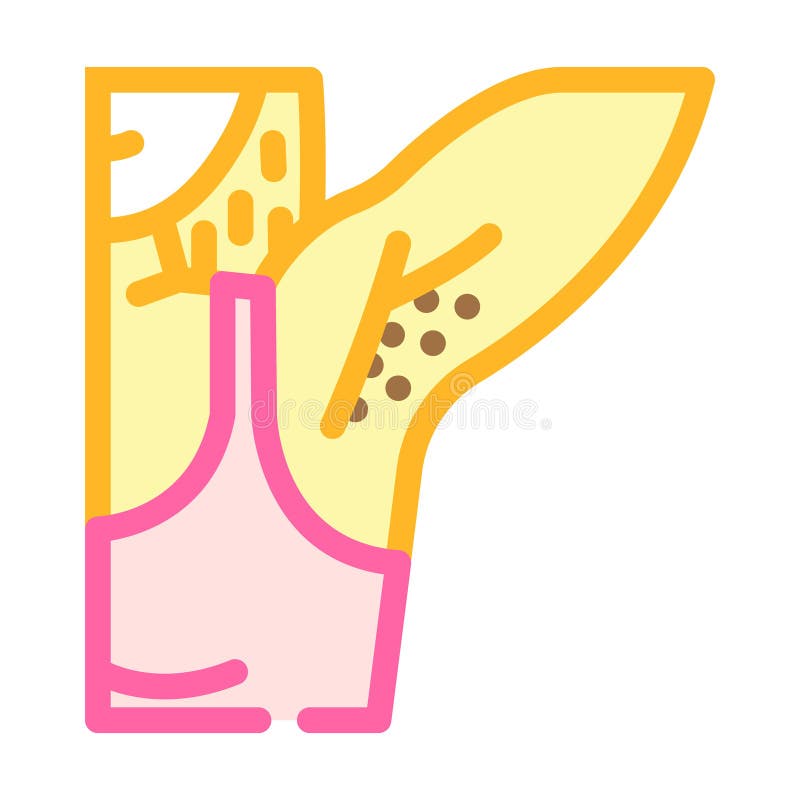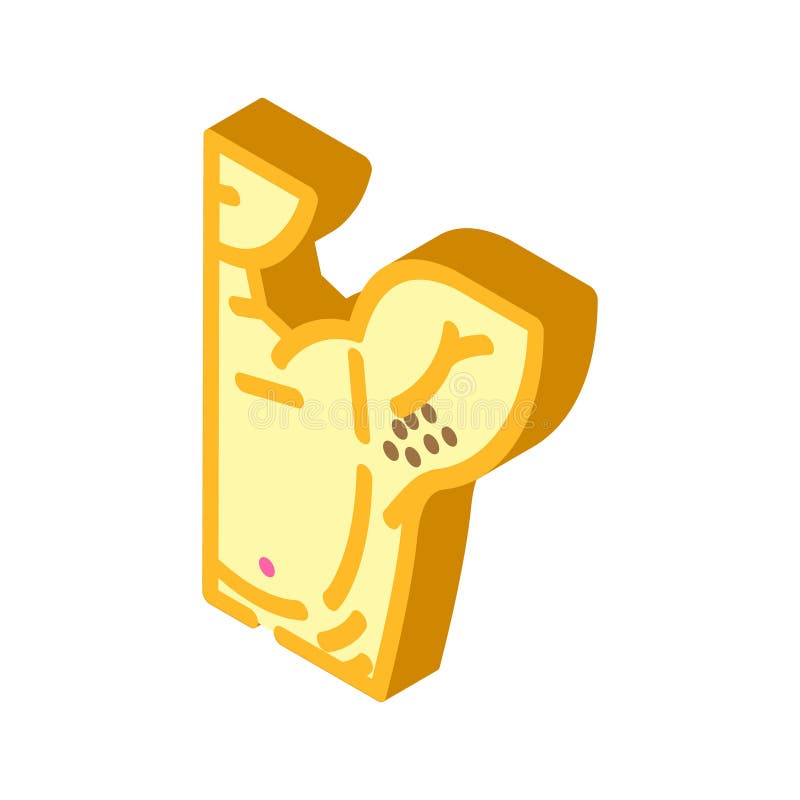Armpit hair is an essential feature of human anatomy that plays a crucial role in our body's natural processes. While it may seem like just another type of hair, its purpose extends far beyond aesthetics. This article dives deep into the functions, benefits, and scientific explanations behind armpit hair, ensuring you gain a thorough understanding of this often-overlooked aspect of human biology.
Armpit hair, scientifically known as axillary hair, is often misunderstood and underappreciated. Many people associate it with hygiene and grooming, but its primary function goes much deeper. It serves as a protective barrier, regulates temperature, and even aids in communication through scent. By exploring its purpose, we can better appreciate how our bodies work and why this hair is vital for maintaining overall health.
In this article, we will cover the purpose of armpit hair, its biological significance, and how it contributes to our well-being. Whether you're curious about its role in sweat management or its connection to pheromones, this guide will provide you with all the information you need. Let's uncover the fascinating world of axillary hair together!
Read also:Who Played Sophie In Halloweentown A Comprehensive Look At The Actress Behind The Role
Table of Contents
- The Anatomy of Armpit Hair
- Biological Functions of Armpit Hair
- Role in Temperature Regulation
- Scent Communication and Pheromones
- The Growth Process of Armpit Hair
- Health Implications of Armpit Hair
- Common Questions About Armpit Hair
- Grooming Tips for Armpit Hair
- A Historical Perspective on Armpit Hair
- Conclusion
The Anatomy of Armpit Hair
Armpit hair, or axillary hair, grows in the axilla, the anatomical term for the underarm region. It emerges from hair follicles located beneath the skin and is composed of keratin, a protein that forms the structural basis of hair, nails, and skin. Unlike scalp hair, armpit hair is shorter and coarser, which is a result of its specialized function.
Structure of Armpit Hair
Armpit hair consists of three main layers: the medulla, cortex, and cuticle. The medulla is the innermost layer, followed by the cortex, which provides strength and elasticity, and the cuticle, which protects the hair shaft. These layers work together to ensure the hair remains strong and functional.
- Medulla: The innermost layer, providing structural support.
- Cortex: The thickest layer, responsible for the hair's strength and color.
- Cuticle: The outer protective layer, shielding the hair from damage.
Biological Functions of Armpit Hair
Armpit hair serves several critical biological functions that contribute to our overall health and well-being. While it may not be immediately obvious, this hair plays a vital role in protecting our skin and facilitating communication.
Protection Against Friction
One of the primary functions of armpit hair is to reduce friction between the skin and clothing or other surfaces. Without this protective barrier, the delicate skin in the underarm area would be more prone to irritation and injury. Armpit hair helps to cushion the skin, preventing discomfort and potential damage.
Role in Temperature Regulation
Armpit hair plays a significant role in regulating body temperature. The underarm area is one of the body's primary sweat-producing regions, and armpit hair helps to distribute sweat evenly across the skin. This process facilitates evaporation, which cools the body and maintains a stable internal temperature.
How Armpit Hair Aids in Sweat Distribution
When sweat glands release moisture, armpit hair acts as a conduit, spreading the sweat across the skin's surface. This distribution ensures that the sweat evaporates efficiently, maximizing its cooling effect. Without armpit hair, sweat would pool in the underarm area, leading to discomfort and an increased risk of bacterial growth.
Read also:Kim Young Dae Rising Star Of Korean Entertainment
Scent Communication and Pheromones
Armpit hair is closely linked to scent communication and the production of pheromones, which are chemical signals that influence behavior and attraction. The underarm area contains apocrine sweat glands, which produce a thick, odorless fluid that interacts with bacteria on the skin to create a unique scent.
The Role of Pheromones in Human Interaction
Pheromones emitted through armpit hair can convey important information about an individual's health, reproductive status, and emotional state. While the exact role of pheromones in human interaction is still being studied, research suggests that they play a significant role in attraction and social bonding.
The Growth Process of Armpit Hair
Armpit hair growth follows a predictable pattern, beginning during puberty and continuing throughout adulthood. Hormonal changes trigger the development of hair follicles in the underarm area, leading to the emergence of axillary hair. This growth process is influenced by genetics, age, and overall health.
Factors Affecting Armpit Hair Growth
Several factors can impact the growth and appearance of armpit hair, including:
- Genetics: Determines the thickness, color, and texture of armpit hair.
- Hormonal Changes: Influences hair growth during puberty, pregnancy, and menopause.
- Nutrition: A balanced diet supports healthy hair growth and maintenance.
Health Implications of Armpit Hair
Armpit hair is not just a cosmetic feature; it also has important health implications. Abnormalities in armpit hair growth can indicate underlying medical conditions, such as hormonal imbalances or skin disorders. Monitoring changes in armpit hair can help individuals identify potential health issues early on.
Common Health Concerns Related to Armpit Hair
Some common health concerns associated with armpit hair include:
- Hirsutism: Excessive hair growth in women, often caused by hormonal imbalances.
- Alopecia: Hair loss in the underarm area, which may result from stress, illness, or genetic factors.
- Hyperhidrosis: Excessive sweating in the underarm area, which can lead to discomfort and skin irritation.
Common Questions About Armpit Hair
Many people have questions about armpit hair, ranging from its purpose to the best ways to care for it. Below are some frequently asked questions and their answers:
Why Does Armpit Hair Smell?
Armpit hair itself does not produce odor. Instead, the smell is caused by bacteria breaking down sweat produced by apocrine glands in the underarm area. Regular hygiene practices can help minimize this odor.
Is It Necessary to Remove Armpit Hair?
Removing armpit hair is a personal choice and not a medical necessity. Some people prefer to remove it for aesthetic reasons, while others leave it untouched. Whatever your preference, ensure you use safe and effective methods for hair removal.
Grooming Tips for Armpit Hair
If you choose to groom your armpit hair, there are several methods to consider, each with its own advantages and disadvantages. Below are some tips for maintaining healthy and well-groomed armpit hair:
Popular Grooming Techniques
- Shaving: Quick and easy, but requires regular maintenance.
- Waxing: Provides longer-lasting results but can be painful.
- Laser Hair Removal: Permanent solution, but costly and time-consuming.
A Historical Perspective on Armpit Hair
Throughout history, armpit hair has been viewed differently across cultures and societies. In some ancient civilizations, armpit hair was seen as a symbol of strength and vitality, while in others, it was associated with modesty and cleanliness. Understanding these historical perspectives can provide insight into how attitudes toward armpit hair have evolved over time.
Cultural Differences in Armpit Hair Perception
Cultural norms surrounding armpit hair vary widely. For example, in some Western cultures, removing armpit hair is considered a standard beauty practice, while in other parts of the world, it is viewed as unnecessary or even unnatural. These differences highlight the subjective nature of beauty standards and personal grooming preferences.
Conclusion
In conclusion, armpit hair serves a vital purpose in human biology, providing protection, regulating temperature, and facilitating scent communication. While it may not be the most glamorous aspect of our anatomy, its functions are essential for maintaining overall health and well-being. By understanding the purpose of armpit hair, we can better appreciate its role in our lives and make informed decisions about its care and maintenance.
We encourage you to share this article with others and explore our other content on topics related to human biology and health. Your feedback and questions are always welcome, so feel free to leave a comment or reach out to us directly. Together, let's continue learning and growing in our understanding of the human body!


